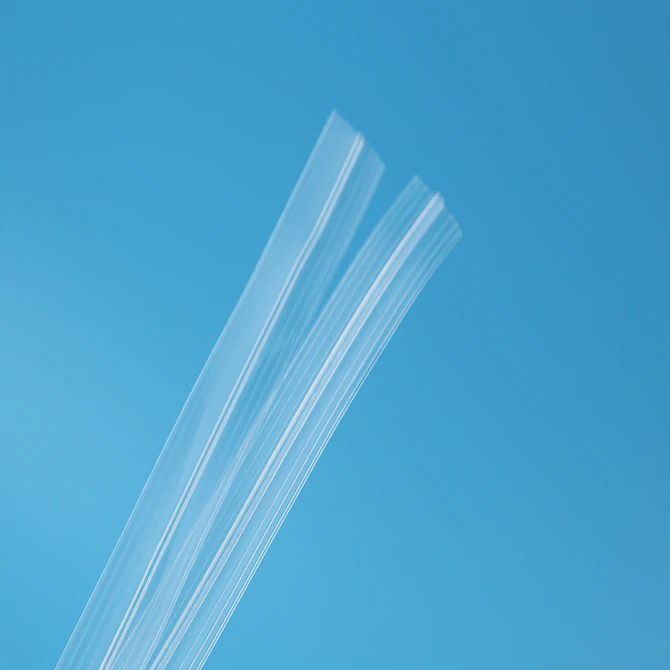Addressing potential issues related to moisture or humidity in PP (polypropylene) zipper products involves implementing preventive measures and selecting appropriate materials to minimize the impact of environmental conditions. PP zippers, like other packaging components, can be affected by moisture or humidity, leading to issues such as decreased performance, mold growth, or compromised product integrity.
Here are common strategies to address these concerns:
- Material Selection:
- Choose moisture-resistant and humidity-resistant materials for both the zipper and the packaging itself. Polypropylene, the primary material for PP zippers, generally has good resistance to moisture. Ensure that other packaging components, such as films and laminates, also have moisture-resistant properties.
- Barrier Coatings:
- Apply barrier coatings or treatments to the PP zipper to enhance its resistance to moisture. These coatings act as an additional layer of protection, preventing water vapor from permeating the material and affecting the functionality of the zipper.
- Sealing Integrity:
- Ensure proper sealing integrity during the manufacturing process of the PP zipper. Inadequate sealing can allow moisture ingress, leading to issues such as reduced product freshness or compromised barrier properties.
- Desiccant or Moisture Absorbers:
- Include desiccant packets or moisture absorbers within the packaging. These additives help absorb excess moisture inside the packaging, maintaining the dry environment and preventing issues like mold growth or product clumping.
- Humidity Control during Production:
- Control the humidity levels in the production environment to minimize the potential for moisture-related issues. Maintaining a controlled production environment helps ensure the quality and performance of the PP zipper during and after manufacturing.
- Storage Conditions:
- Store PP zipper products in controlled warehouse conditions to prevent exposure to high humidity levels. PP zipper Proper storage conditions help maintain the integrity of the zipper and prevent moisture-related problems before the products reach the end-users.
- Packaging Design:
- Optimize the overall packaging design to minimize the risk of moisture ingress. Consider incorporating features such as resealable closures, additional barrier layers, or moisture-resistant films to create a more robust and protective packaging solution.
- Quality Control Checks:
- Implement stringent quality control checks throughout the manufacturing process. Regular inspections can identify any issues related to moisture early on and prevent defective products from reaching the market.
- Use of Moisture-Resistant Adhesives:
- Ensure that adhesives used in the production of the PP zipper are moisture-resistant. Adhesives play a crucial role in maintaining the structural integrity of the zipper, and moisture-resistant variants can prevent deterioration over time.
- Proper Transportation and Handling:
- Handle and transport PP zipper products with care, especially in humid climates. Proper handling helps prevent damage to the packaging and ensures that the zippers remain functional upon arrival at their destination.
- Educational Information:
- Provide educational information to end-users about proper storage conditions. Including instructions on keeping the packaging in a dry environment can help consumers take necessary precautions to prevent moisture-related issues.
- Testing for Moisture Resistance:
- Conduct testing and evaluations to assess the moisture resistance of the PP zipper under different environmental conditions. This may involve simulated testing to replicate real-world scenarios and ensure the zipper’s performance.
By combining these strategies, manufacturers can minimize the impact of moisture and humidity on PP zipper products, ensuring their functionality, integrity, and overall effectiveness in preserving the quality of the packaged contents.
